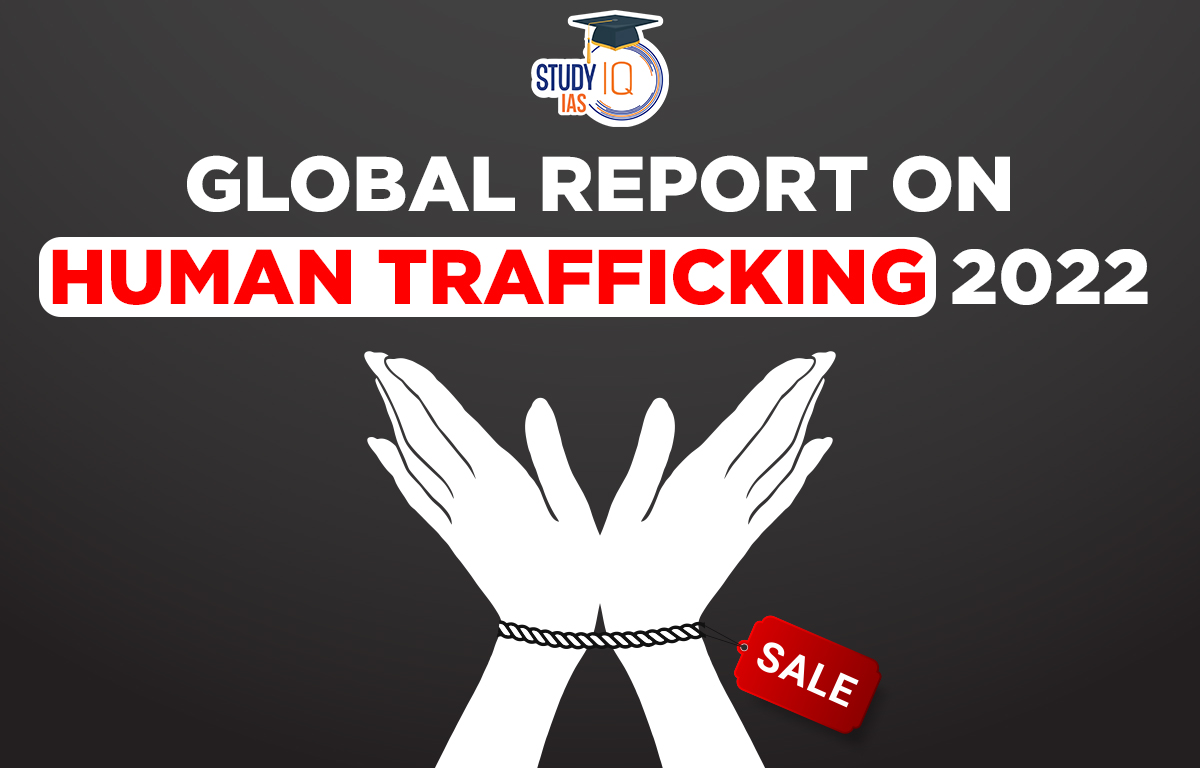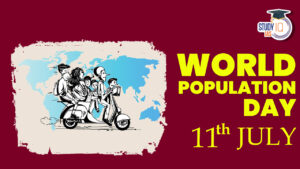Table of Contents
Context: The United Nations Office on Drugs and Crime (UNODC) has published the ‘Global Report on Trafficking in Persons 2022’.
About the ‘Global Report on Trafficking in Persons 2022’
- The report is the seventh of its kind mandated by the General Assembly through the 2010 United Nations Global Plan of Action to Combat Trafficking in Persons.
- This edition of the Global Report provides a snapshot of the trafficking patterns and flows detected during the COVID-19 pandemic.
- It covers 141 countries and provides an overview of the response to the trafficking in persons at global, regional and national levels, by analyzing trafficking cases detected between 2018 and 2021.
According to UNDOC, Several Factors that Contribute to Human Trafficking:
- Economic exploitation: For the purpose of forced labor or sexual exploitation in order to generate profits for traffickers.
- Vulnerability: Some individuals are more vulnerable to trafficking, such as those living in poverty, those with little education, and those who have experienced previous exploitation or abuse.
- Conflict and displacement: Conflicts and natural disasters can displace people and make them more vulnerable to trafficking.
- Lack of effective law enforcement: Inadequate laws and weak enforcement can also contribute to the prevalence of human trafficking.
- Migration: People who migrate irregularly may be at higher risk of being trafficked.
Major Findings of the Report
- Declining trend: The number of trafficked victims detected globally fell by 11 per cent in 2020 from the previous year, driven by lesser detections in low- and medium-income countries.
- The most significant drops in detection were recorded in trafficking for the purpose of sexual exploitation (down by 24 per cent) and in cross-border trafficking (down by 21 per cent).
- The pandemic, in addition to reducing opportunities for traffickers to operate, may have weakened law enforcement capacities to detect victims.
- Convictions: Globally, the number of convictions for trafficking offences also fell by 27 per cent in 2020 from the previous year.
- With sharper decreases registered in South Asia (56 per cent), Central America and the Caribbean (54 per cent) and South America (46 per cent).
- Countries in Sub-Saharan Africa and South Asia are convicting fewer traffickers and detecting fewer victims than rest of the world.
- Conflicts and trafficking: As per the report, conflicts have increased vulnerability to trafficking in and outside of conflict areas.
- The report shows that the war in Ukraine is elevating trafficking risks for the displaced population.
- Most victims resulting from conflicts originate in and are trafficked to countries in Africa and the Middle East.
- Climate change and trafficking: Climate change is increasing the vulnerability of some people to trafficking.
- In 2021, 23.7 million people were internally displaced by disasters, while many crossed borders to escape climate-induced poverty.
- Other key observations:
- One noteworthy finding of the report is that most victims identified in adjudicated cases are “self-rescued” suggesting that proactive identification remains limited in scope and effectiveness.
- The Report also found that female and children victims are at higher risk of experiencing physical violence during trafficking as compared to men.
- Regional analysis of forms of exploitation:

About the United Nations Office on Drugs and Crime (UNODC)
- It was established in 1997 and was named the United Nations Office on Drugs and Crime (UNODC) in 2002.
- UNDOC’s mandate includes efforts to combat the illicit drug trade, transnational organized crime, and terrorism, as well as promoting the rule of law and human rights.
- Additionally, UNDOC is responsible for collecting, analyzing, and disseminating information on crime and drug-related issues to the international community.


 World Population Day 2025, Themes, Histo...
World Population Day 2025, Themes, Histo...
 What are Polycyclic Aromatic Hydrocarbon...
What are Polycyclic Aromatic Hydrocarbon...
 Marlin Fish: Species, Features, Appearan...
Marlin Fish: Species, Features, Appearan...





















